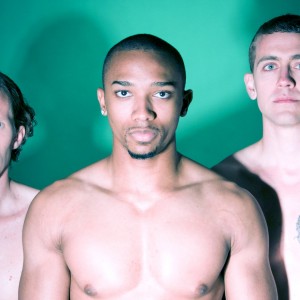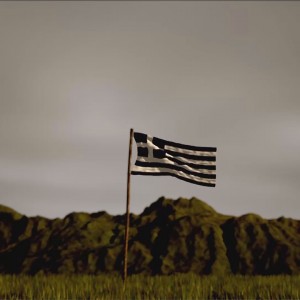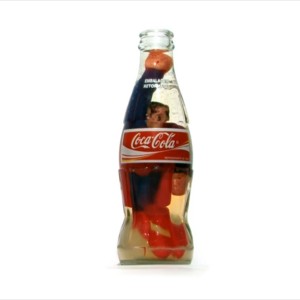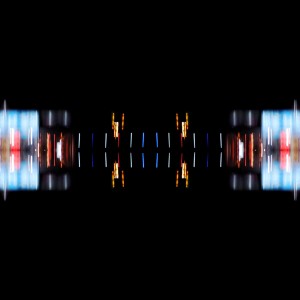Video Graffiti: The Feminine Undelineated | Screening: Identities
Video art- Thu 19.May @ 12:00 - 5/7/16 13:00
- Fri 20.May @ 17:00 - 5/7/16 18:00
- Sat 21.May @ 13:00 - 5/7/16 14:00
- Sun 22.May @ 18:00 - 5/7/16 19:00
“Video Graffiti: The Feminine Undelineated” is a reference to the stereotypical and unimaginative misrepresentation of femininity in our patriarchal societies today and throughout history. A matter which is considered over-debated, a taboo and a conversation breaker but is as contemporary as ever due to the omnipresent digital media that continue to consider the visual exploitation of the female body as something extremely popular with their audience. The mirrored footage of a female artist weaving performance on an urban rooftop, at times creates patterns that resemble female genitalia. In this way, the artist seems to be ‘reweaving the feminine’ in a metaphorical effort to depict what being feminine signifies from a woman’s point of view.
Duration: 2:02 min
ARTISTS
Pixels+fibre (Myrto Angelouli, Fiona Gavino) (GR/AU)
Pixels+fibre is a creative collaboration between Fiona Gavino and Myrto Angelouli in order to explore the possibilities of combining the ancient techniques of weaving with the contemporary arts of film and photography. Fiona Gavino with Australian, Filipino & Maori heritage is naturally interested in and influenced by working with the methodology of fusions. Her art practice thrives on the boundaries of existing paradigms; her artwork belongs neither to the world of textile art or basketry but more to the realm of sculpture. Myrto Angelouli (Australia/Greece) is an emerging artist with a background in interior architecture and film production and with a perpetual interest in ancient wisdom and traditional crafts.
Through their artistic research, the artists have come to recognize that a digital image is built via patterned repetition in a similar way to a woven mat or basket, where small increments are placed side by side by side in order to build the whole. It is in this way the artists see a parallel between one of the world’s most ancient techniques and the relatively new arts of digital imagery.






